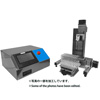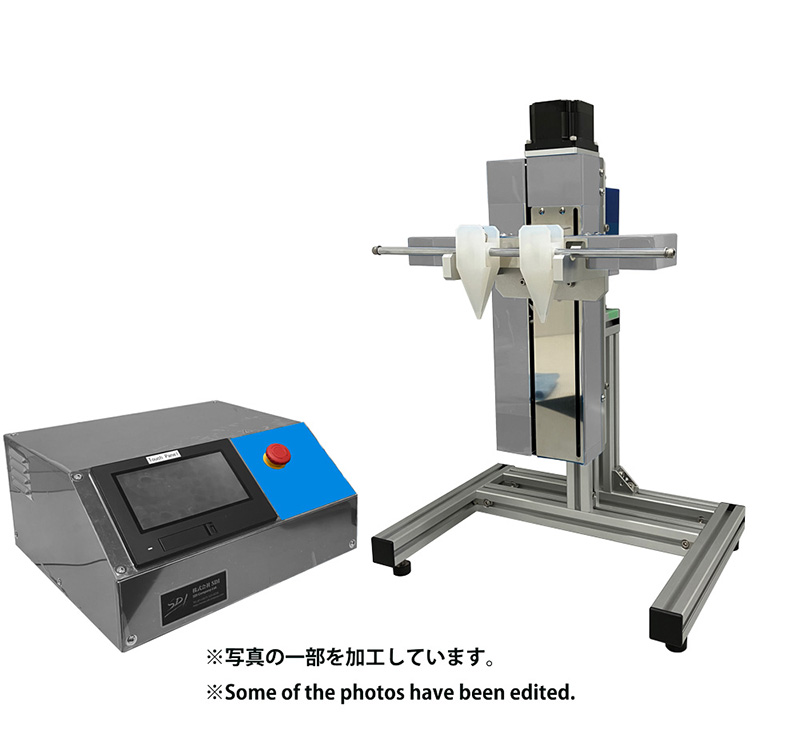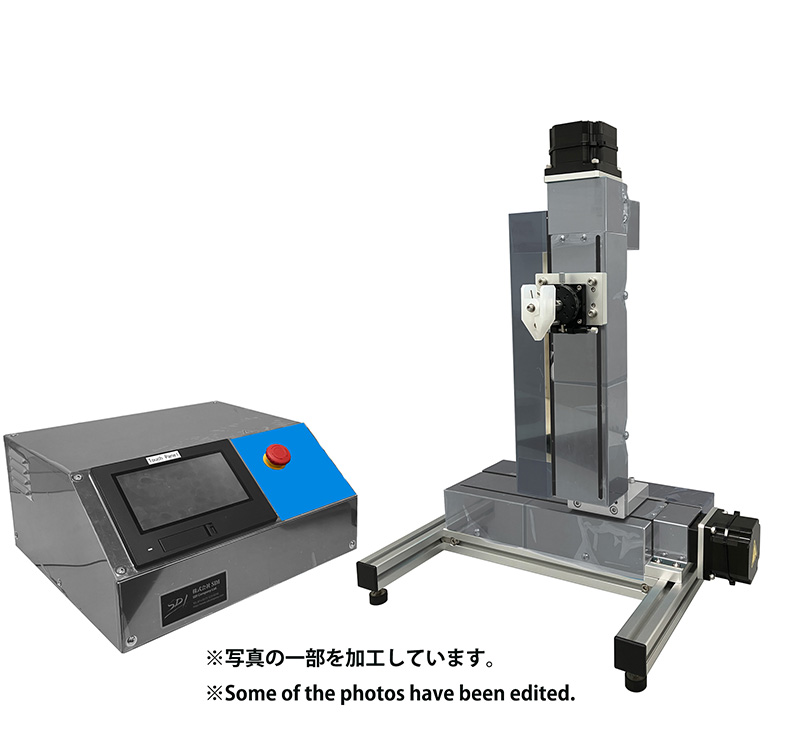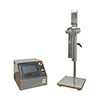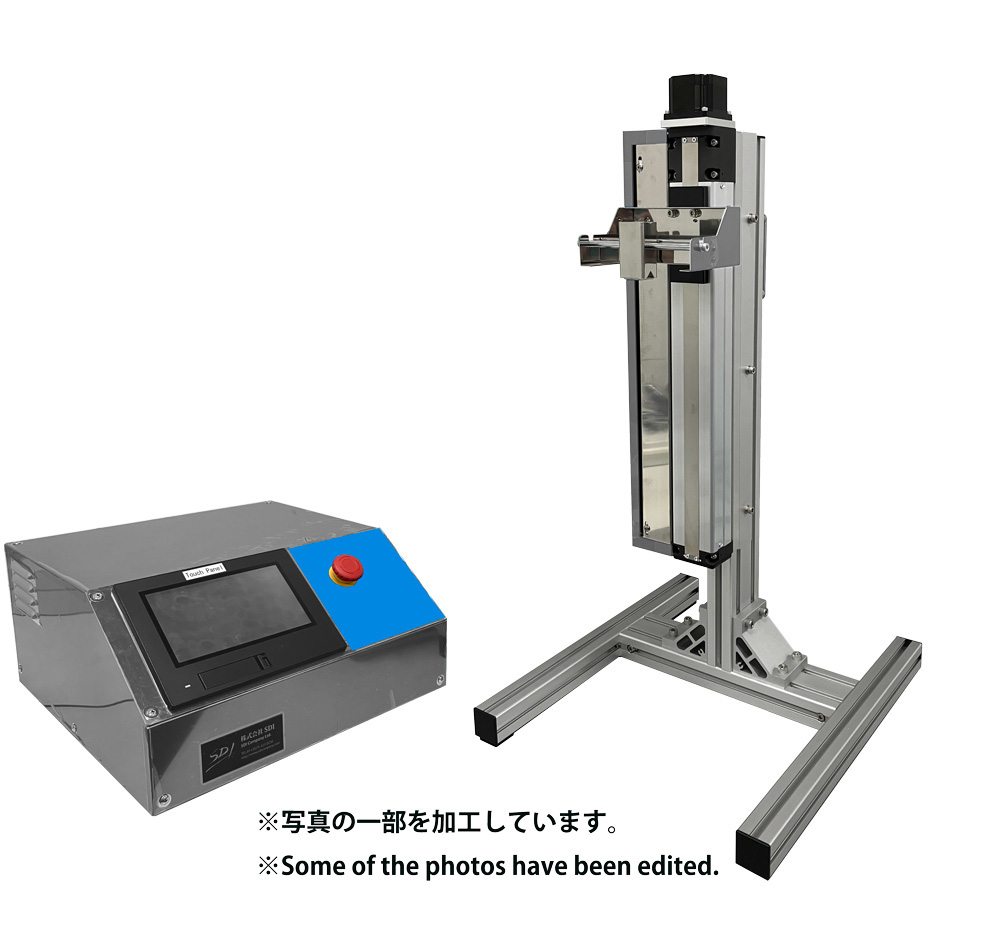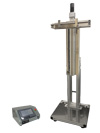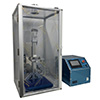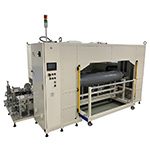Machine Translated by Google
December 10, 2004
Progress report: Fabrication of opal films using a nano-dipping device
Graduate School of Engineering, Kyoto University
Hirao Laboratory, Department of Materials Chemistry
Yasuhiko Shimoma
1. Background
Colloidal crystals, which are made by regularly arranging monodisperse nano-sized particles on a substrate, function as photonic crystals.Colloidal crystals have been actively studied in recent years because of their ability to form nanoparticles.
There are many different techniques, including electrophoresis, dipping, capillary action, and hydrodynamic techniques [1-4].
We were able to borrow a dipping device with a minimum pulling speed of 10 nm/sec from SDI Corporation.
We used this method to fabricate an opal film.
2. Preliminary Study
Nano-dipping equipment borrowed from SDI Co., Ltd.To evaluate the performance of the A solution of PMMA (molecular weight Mw ~ 120,000) was used.
The thickness of the PMMA thin film prepared by dipping The film thickness was measured in the direction of dipping.
The measurements were taken at four points (see Figure 1), and the average value was calculated.
The standard deviation was calculated.
The thickness measurement results are summarized in Table 1.
The thickness of the PMMA thin film in the dipping direction is The plotted graph is shown in Figure 2.
The upper P5 and P7 have a thick film thickness about 1 mm from the top of the dipping, but the film thickness below that is relatively uniform.
The thicknesses of P1 and P3, which are less than 1 μm, are relatively uniform regardless of the dipping direction.
We believe that the nano-dipping device is effective for producing thin films with uniform thickness on the order of several hundred nanometers.
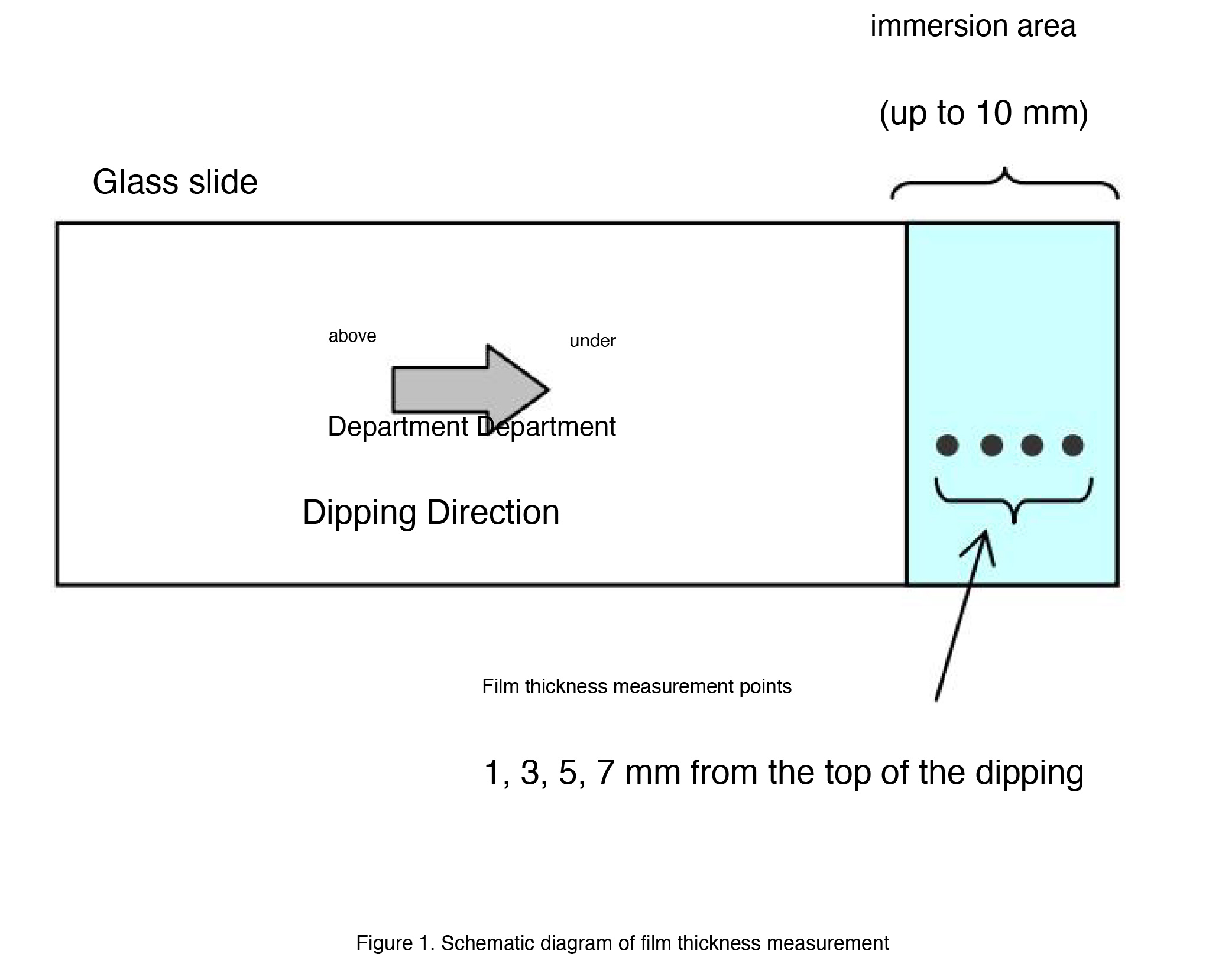
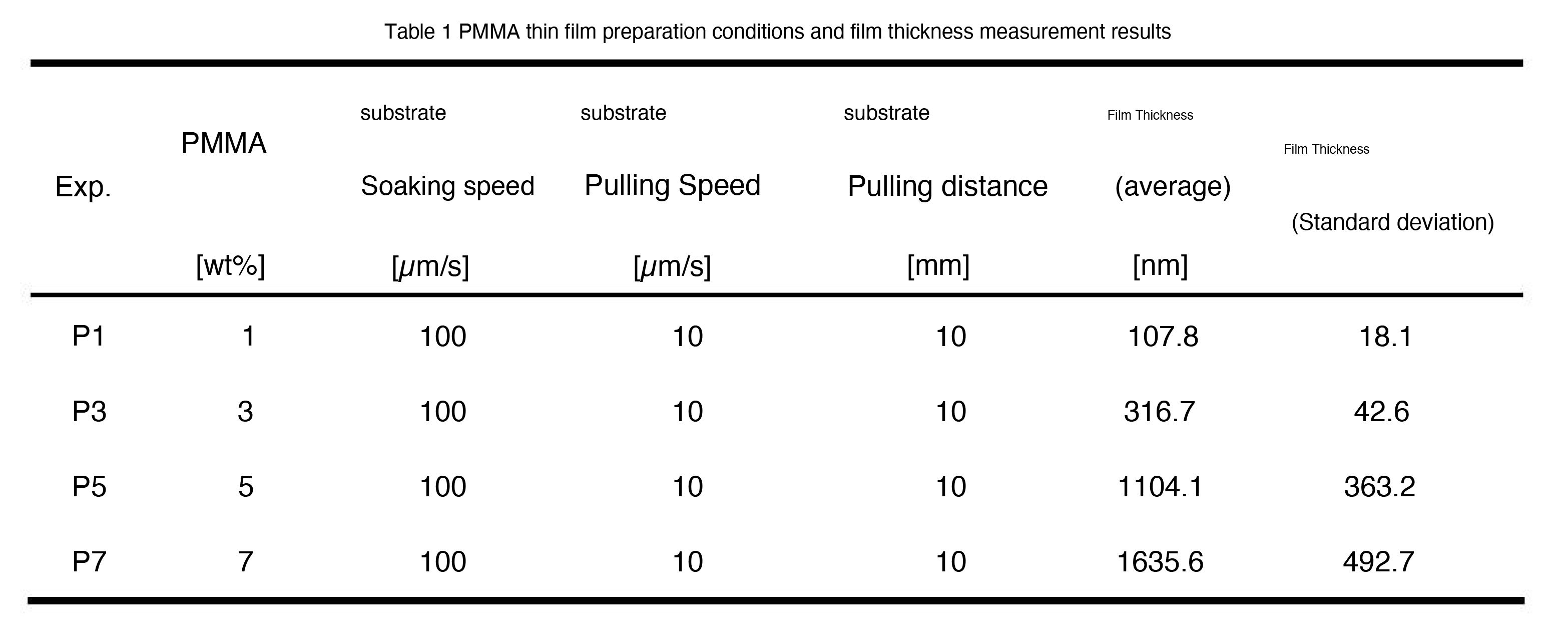
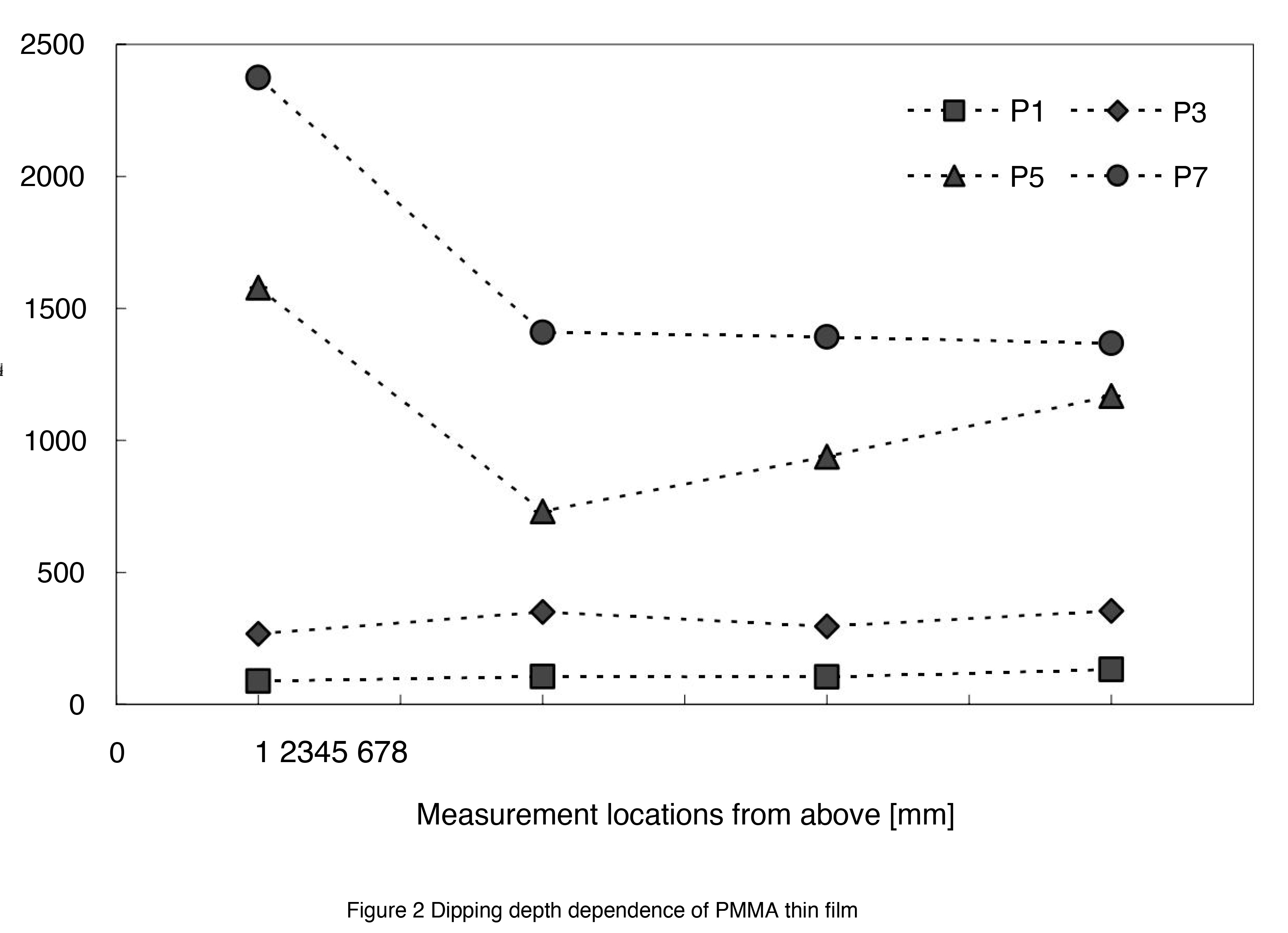
3. Opal film fabrication experiment
We used monodisperse silica particles with an average particle size of about 260 nm prepared by the method of Stöber et al. [5].A certain amount of the nanoparticles was weighed out and added to pure water whose pH had been adjusted to about 9 with NaOH, and then dispersed in an ultrasonic water bath for 1 hour.
The samples and experimental conditions used are summarized in Table 2, and SEM images of the prepared opal films are summarized in Table 3.
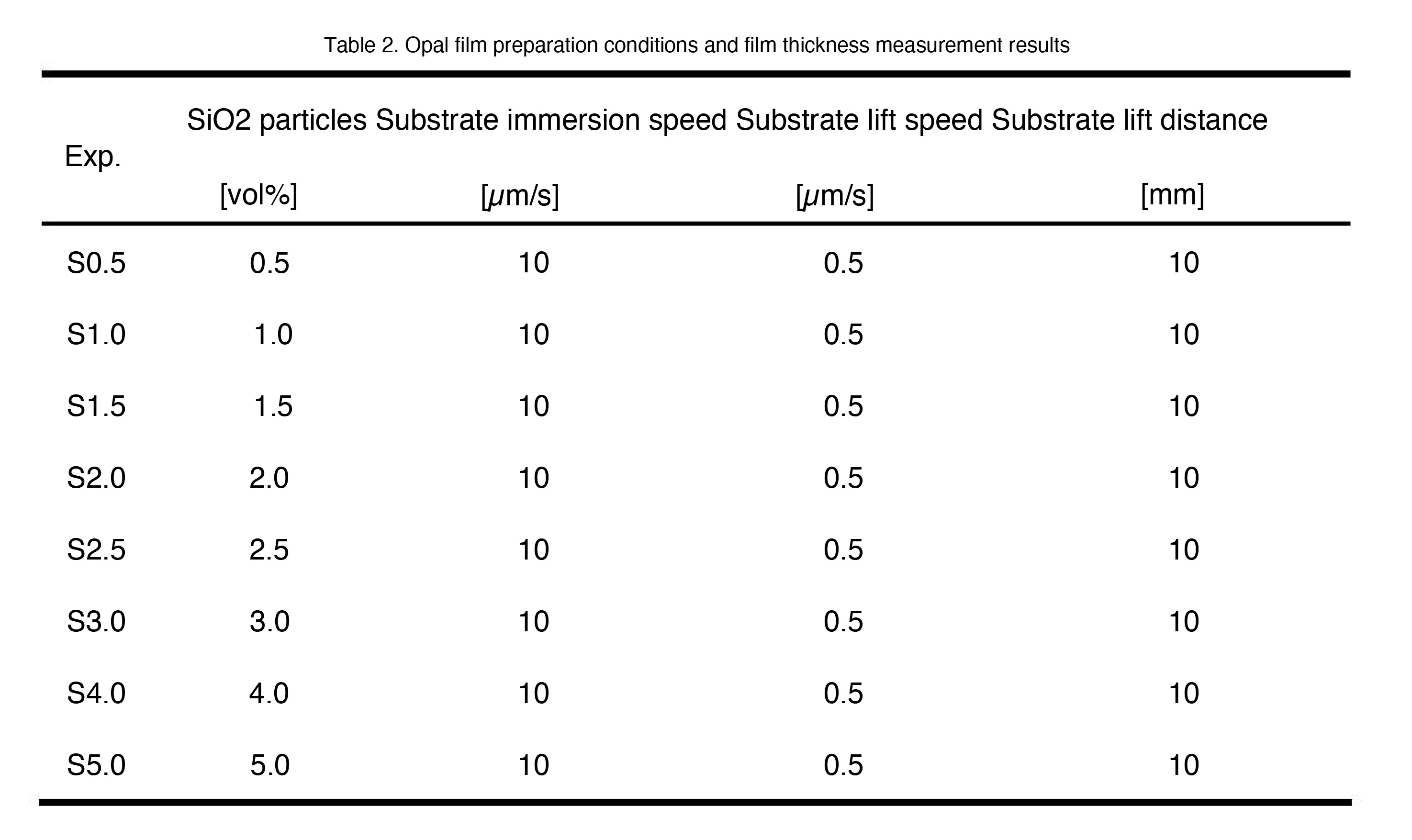 From the results of SEM observation, it was confirmed that the opal film prepared in this study has a relatively clean structure, and the opal-type film
We believe that a nano-dipping device is effective for producing photonic crystals.
From the results of SEM observation, it was confirmed that the opal film prepared in this study has a relatively clean structure, and the opal-type film
We believe that a nano-dipping device is effective for producing photonic crystals.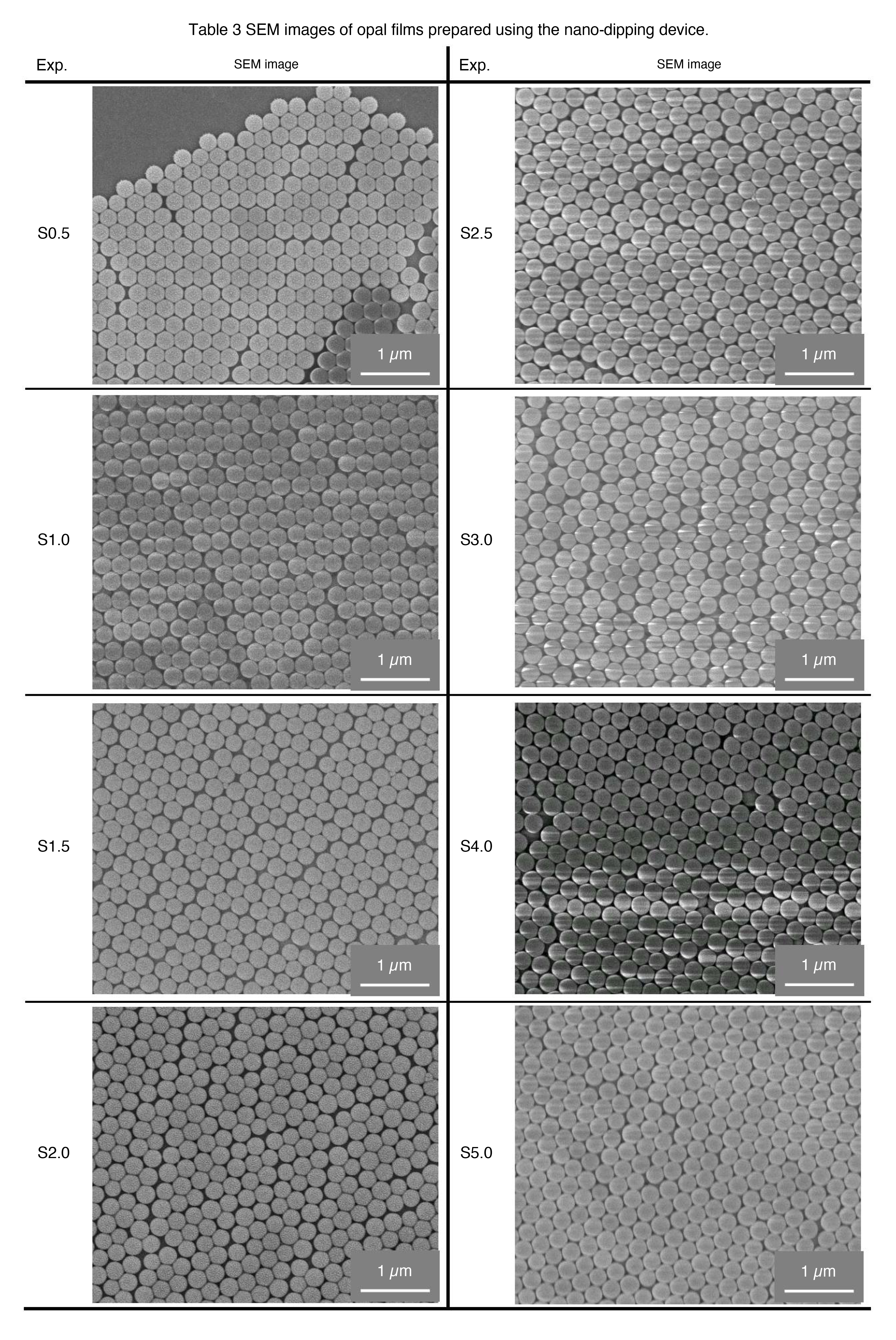
4. Summary
The nano-dipping device used in this study is effective for producing uniform thin films and opal-type photonic crystals.In the future, we will consider the materials of the substrate and particles, and fabricate opal-type photonic crystals and evaluate their optical properties.
I would like to continue doing this.
References
[1] K. Nagayama, et al., Langmuir, 12, 1303 (1996).
[2] DJ Norris, et al., Nature, 414, 289 (2001).
[3] O. Sato, et al., J. Appl. Phys., 90, 2042 (2001).
[4] Y. Xia, et al., Adv. Matter., 12, 693 (2000).
[5] W. Stöber, et al., J. Colloid Interfuce Sci. 26, 62 (1968).
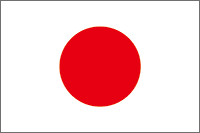 Japanease
Japanease English
English






